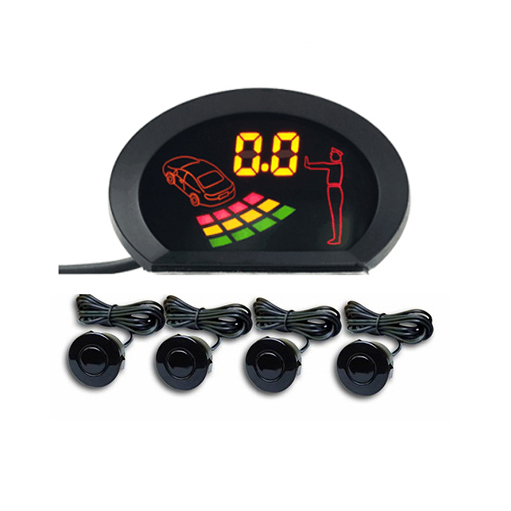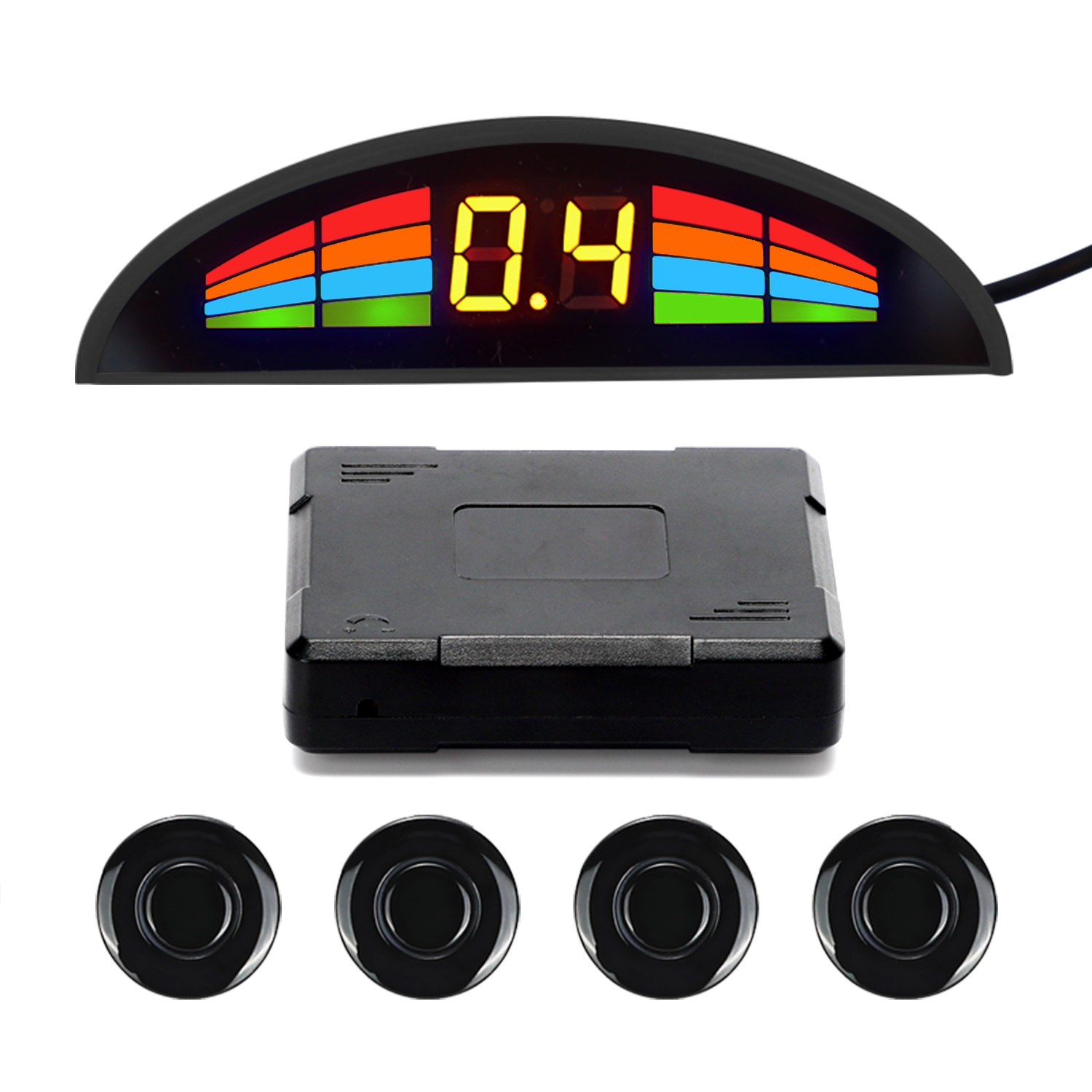The Forbes Home editorial team is independent and objective. To help support our reporting work, and to continue our ability to provide this content for free to our readers, we receive compensation from the companies that advertise on the Forbes Home site. This compensation comes from two main sources. First, we provide paid placements to advertisers to present their offers. The compensation we receive for those placements affects how and where advertisers’ offers appear on the site. This site does not include all companies or products available within the market. Second, we also include links to advertisers’ offers in some of our articles; these “affiliate links” may generate income for our site when you click on them. The compensation we receive from advertisers does not influence the recommendations or advice our editorial team provides in our articles or otherwise impact any of the editorial content on Forbes Home. While we work hard to provide accurate and up to date information that we think you will find relevant, Forbes Home does not and cannot guarantee that any information provided is complete and makes no representations or warranties in connection thereto, nor to the accuracy or applicability thereof.
Tire pressure monitoring systems keep a constant watch on vehicle tire pressure, giving accurate psi (pounds per square inch) readings and alerting the driver to sudden or gradual pressure loss. In the event of a sudden change, like a blowout or puncture, that information can help avoid accidents. Since Monitoring gradual losses and slow leaks can help drivers achieve better fuel economy and get the longest life out of a set of tires by quickly identifying issues that lead to increased wear. Dashboard Hud

Since these devices add a considerable measure of safety, they became required equipment for new U.S.-market vehicles back in 2008. However, if you’ve got a car that’s older than that (the average age of vehicles on U.S. roads in 2023 is 12.5 years) or one where the original system no longer works properly or doesn’t offer information beyond a warning light, aftermarket tire pressure monitors are here to help. They can also provide more insight than some of the primitive early systems, and they really do make your daily driver safer regardless of its age.
These aftermarket systems simplify things by using wireless sensors in the valve stem caps. Swap out the valve stem caps, install the monitors and that’s it. An aftermarket tire pressure monitoring system can be better than some basic factory systems, which only activate a warning light when tire pressure drops. All five of these top-rated tire pressure monitoring systems give a driver numeric pressure readings, and many in real-time.
Match your car to your style with varied car accessories like seat covers, floor mats and more. Get competitive pricing from top brands here.
Solar / cigarette lighter / micro USB charging, 5 alarm modes, LCD display
Jansite Tire Pressure Monitoring System
Windshield/center console mounting, solar and USB charging, 1-yr warranty
Jansite Tire Pressure Monitoring System
Solar / cigarette lighter / micro USB charging, -4℉~176℉ temperature range, LCD display
The TireMinder Smart lives up to its name. Its six sensors (there’s an upgrade to 10 sensors available for about $55 more) monitor tire pressure every six seconds and send those readings via Bluetooth to your phone or tablet. With expanded packs of sensors, the system can monitor up to 22 tires simultaneously at pressures up to 232 psi at a distance of up to 80 feet.
This system is optimized for big RVs, trailers and other heavy-duty uses but works in any road vehicle. Thanks to the Apple- and Android-friendly app, there’s no need to install a monitor in the vehicle. A Bluetooth booster and a free battery replacement program are part of the deal.
Hieha RV Tire Pressure Monitoring System
Hieha’s solar tire pressure monitoring system requires no wiring. Power comes from the sun through the vehicle windshield. There’s a 5000mAh lithium rechargeable lithium battery pack for nights and overcast days. The recharge can be done in-vehicle with a USB cable. The crisp, bright display is in color and shows not just tire pressure, but tire temperature. It comes with six sensors, ideal for a dual-axle pickup or two-wheeled trailer, but there’s also a four-sensor version available for $45 less for owners of cars, trucks, minivans and SUVs.
The Vesafe Wireless reduces installation time and in-vehicle clutter with a display that plugs directly into the 12-volt power outlet. No wires or mounting pieces are required. This basic system is intended for cars, SUVs and trucks. It is not meant for larger applications like RVs or trailers.
The Vesafe has audio and visual alarms in emergencies, but its pressure readouts aren’t quite “real-time.” They update only every five minutes, which may not be enough for drivers in extreme conditions (heat, road hazards). Also, the temperature readings are only in Celsius, requiring some mental conversion.
Tymate TPMS Model M7-3
The Tymate TPMS Model M7-3 is feature-packed at a reasonable price. It charges automatically via solar panels but can also be plugged into the vehicle’s cigarette lighter (12-volt outlet) when there’s no sun. It offers five distinct alarms (fast leak alarm, high-pressure alarm, low-pressure alarm, high-temperature alarm, and sensor low voltage alarm) and a real-time readout of the pressures as you drive.
The Tymate’s screen can be adjusted for brightness and color, but users say it’s hard to read in bright, direct sunlight, which wash out all the contrast. On the plus side, there’s a power-saving feature, which is handy as batteries in the valve caps need to be replaced every six months.
Best for RVs and Towing
Best for RVs and Towing
Any trucker will tell you that the more tires you have, the more potential problems managing them. That makes a comprehensive, high-quality tire pressure monitoring system like the TST 507 essential if you tow big trailers or run vehicles designed to use more than four tires. It’s designed to monitor multiple rigs simultaneously (perfect for Class A, B and C RVs, travel trailers, fifth wheels, cargo trailers, construction equipment, commercial transport vehicles and more) and can manage up to 110 tires, though you probably won’t ever need that many unless you’re moving rockets around at Cape Canaveral. Users say it’s easy to install and program and delivers accurate readings. The manufacturer backs the TST 507 system with a three-year warranty.
Solar / cigarette lighter / micro USB charging, 5 alarm modes, LCD display
Jansite Tire Pressure Monitoring System
Windshield/center console mounting, solar and USB charging, 1-yr warranty
Jansite Tire Pressure Monitoring System
Solar / cigarette lighter / micro USB charging, -4℉~176℉ temperature range, LCD display
Factory tire pressure monitoring systems were not legally required in the U.S. until the 2008 model year. Older vehicles like these use wheel speed sensors to detect if a tire’s air pressure is dropping. This requires a calculation of the wheel’s rotations per minute (underinflated tires will rotate slightly faster at the same given vehicle speed as a properly inflated tire). This is known as an indirect TPMS.
A light on the vehicle’s dash will alert you that at least one tire is low, but you’ll have no idea which tire and by how much until you check all four tires with a pressure gauge. Direct TPMS uses wireless pressure sensors built into the valve stems that attach to the inner walls of each wheel. These systems indicate the exact pressure (updated between six and 12 seconds, depending on the transmitted frequency).
In order to determine the best tire pressure monitoring system for your vehicle, we considered the products most accessible to the widest swath of consumers in the U.S., which also includes performance, price, and value. We also considered a broad range of end-user ratings and evaluations by multiple testers. Because these devices are meant to add a layer of safety in a cost-effective way, price and convenience are the primary factors in most people’s choices.
We evaluate all aftermarket tire pressure monitoring systems by the following weighted metrics:
Today’s aftermarket sensors are more capable than the first generation of sensors that came with factory-equipment systems. In addition, many factory systems only activate a warning light to say there’s a pressure issue. Most aftermarket systems will show you the actual pressure of each tire, which is more useful for spotting slow leaks that can lead to premature tire wear.
Both systems work about equally well, but external sensors are easier to install, maintain and use. Wireless technology eliminates the need for antennas in the wheel wells so they send a clear, strong, reliable signal to the receiver in the vehicle.
Original equipment systems are accurate to within one pound per square inch, or PSI. Aftermarket systems can be as reliable, but user feedback indicates it can vary by make and model. Be sure to read user reviews before you buy, as even high-quality TPMS can vary.
Factory-equipment TPMS batteries generally have a life of about five to 10 years. Aftermarket TMPS battery life varies widely and can be a year or less. Some manufacturers make up for this with free battery replacement as part of the deal.
Prices vary by manufacturer and model, but the cost is generally less than that of replacing factory-equipment sensors. Not every manufacturer sells replacement sensors, so it may be necessary to buy another unit to get them, but some do, and also offer expansion packs as on the TireMinder unit listed above.
A car-crazy California kid, I’ve been writing and talking about vehicles for 25 years on TV and radio, in print and online, including AAA magazines in Arizona, Oklahoma, Northwest Ohio, South Dakota and the Mountain West, as well as BBC Autos. I serve as vice president of the Western Automotive Journalists, a professional group for automotive writers based in San Francisco, and have no relation to McKeel Hagerty of Hagerty Classic Insurance, who is younger, better looking and wealthier.

Tpms Activation Tool I’ve worked in automotive, aviation and marine media for more than a decade and reported on buying, selling and servicing cars for multiple industry publications, including Automotive News, Hagerty Media and WardsAuto. I also write about classic cars and love telling the stories of the people, trends and culture behind them. I’m a lifelong enthusiast who’s owned and worked on scores of vehicles—from 1960s Fiats and MGs to modern day machinery. Follow me on Instagram at @oldmotors and on Twitter at @SportZagato.